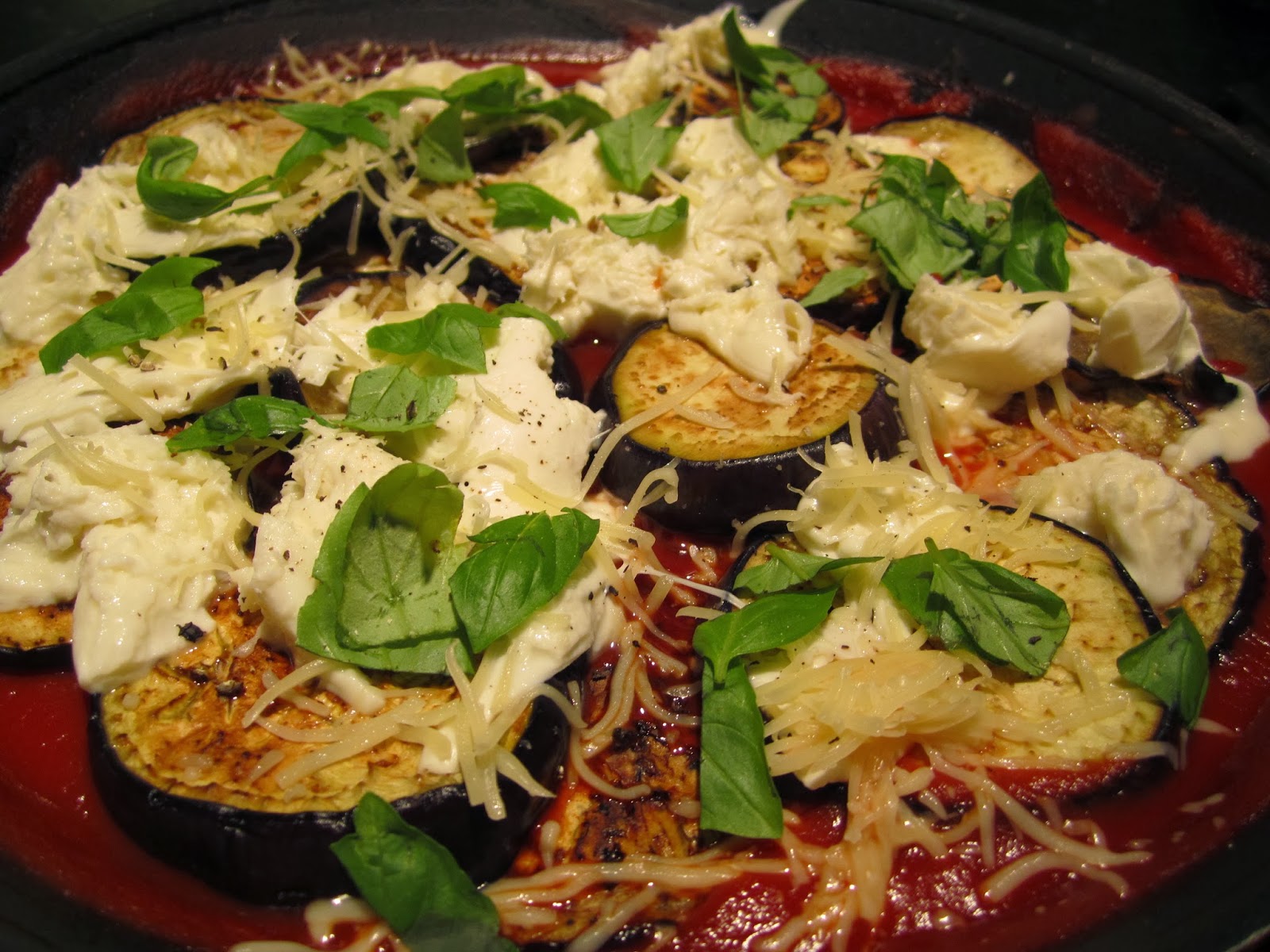Ingredients
1/2 cup sultanas
4 tablespoons water or booze (dark rum or sherry)
2 & 1/4 cups plain flour
1/2 teaspoon cinnamon
1/4 teaspoon salt
1/2 teaspoon baking powder
1 & 1/4 teaspoons baking soda
120 ml extra virgin olive oil - using quality extra virgin olive oil is a must
3/4 caster sugar
1/2 teaspoon vanilla essence
2 eggs, lightly beaten
3 Bramley/Granny Smith apples, peeled, cored and chopped into 1 cm cubes
Grated zest of 1 lemon
2 egg whites
for the icing
100 grams unsalted butter, softened1/2 cup soft brown sugar
85 ml golden syrup (or maple syrup for the original recipe)
220 grams cream cheese, at room temperature
Method
Grease and line a 20-24 cm spring form tin.
Place the sultanas and water (or booze) in a small saucepan and simmer over a low heat until the liquid has completely absorbed. Set aside to cool.
Preheat the oven 170 degrees C.
Sift the flour, cinnamon, salt, baking power and baking soda into a bowl.
In another bigger bowl, put the oil, sugar and vanilla and with an electric hand mixer beat together and slowing add the 2 eggs, combine well until smooth and thick. Switch to a wooden spoon or spatula and add the diced apples, sultanas and the lemon zest, then gently fold in the dry ingredients.
To make the gorgeous icing, beat together the butter, sugar and golden syrup. Add the cream cheese and keep beating until smooth with no lumps.
Using a little over half of the icing mix, spread it over the bottom cake layer, to form the sandwich filling. Place the upper cake half on top and lusciously smooth on the remaining icing.















